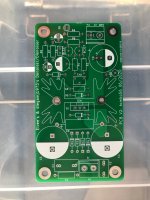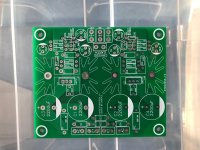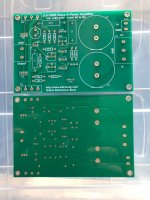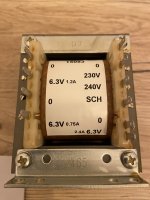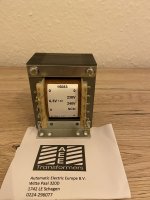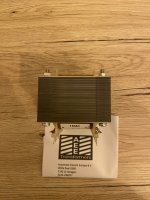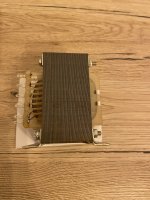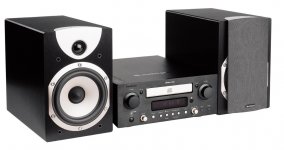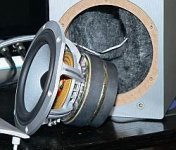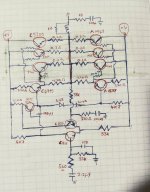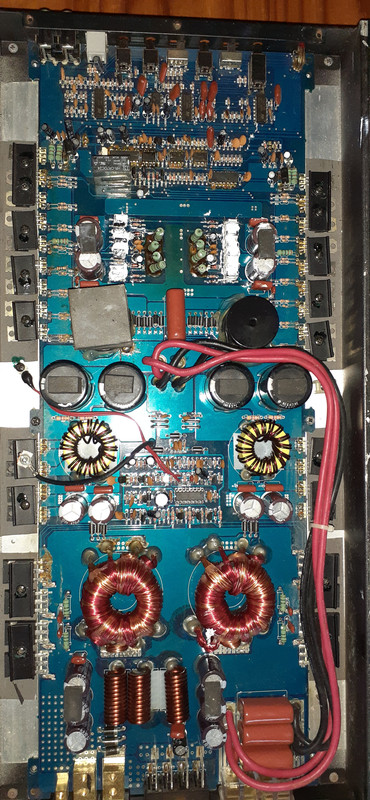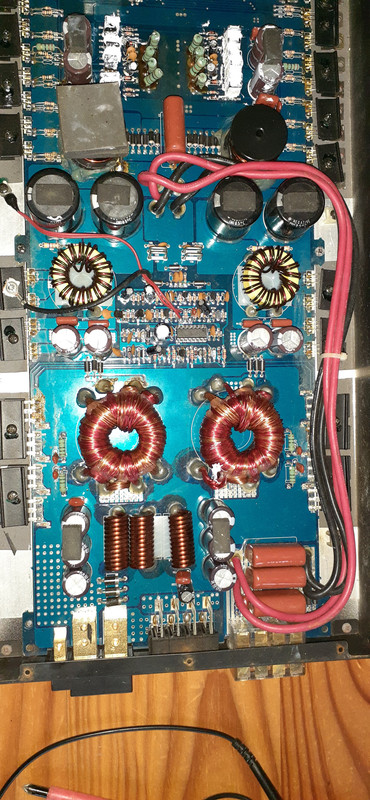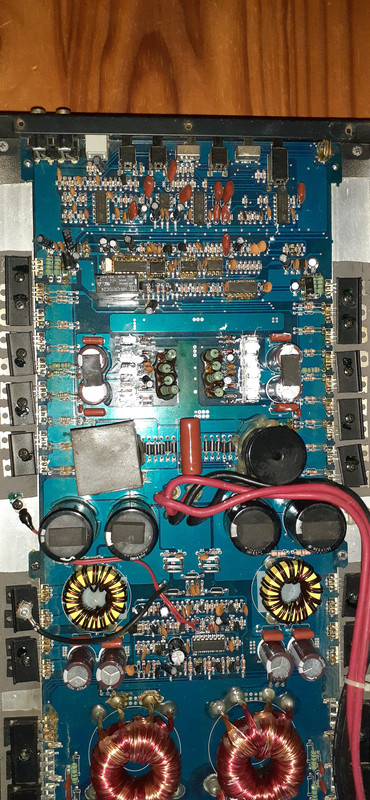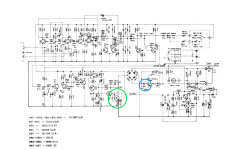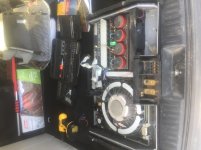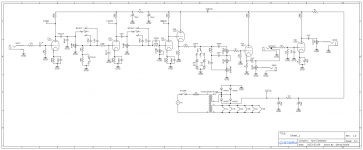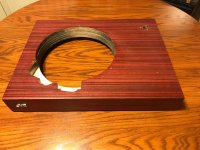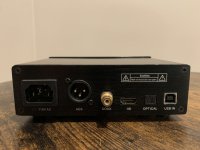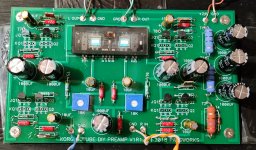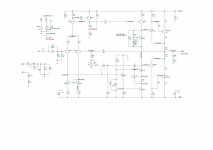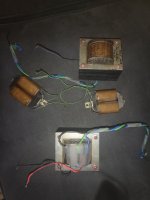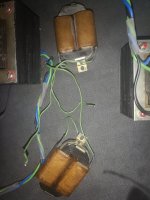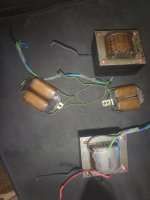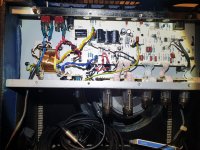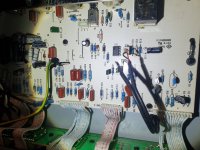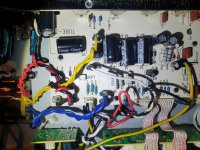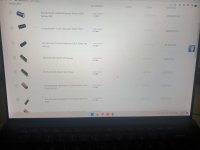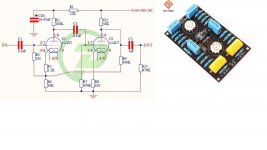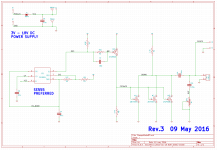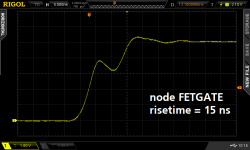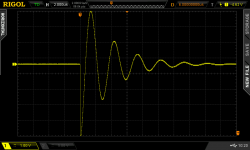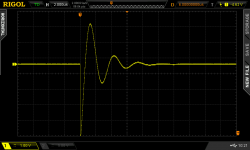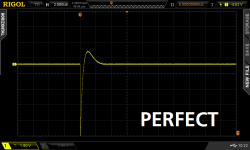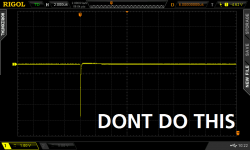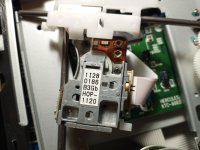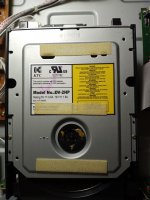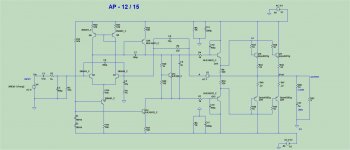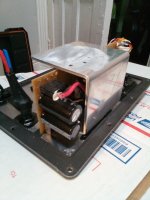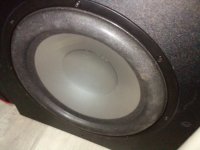Service (Maintenance, Troubleshooting) on PWM Class-D (Class-T) Power Amplifier Stages - which Papers, Documents and Books ?
- Class D
- 3 Replies
Troubleshooting on PWM/Class-D Power Amplifier Stages - which Publications are released ?
concerning not digital amplifiers like tube and solid state single ended and push pull class A/AB there are a lot of publications available - e. g.:
https://sound-au.com/troubleshooting.htm
https://www.allaboutcircuits.com/worksheets/bjt-amplifier-troubleshooting/
https://www.google.de/books/edition...ier+Repair+service&pg=PA1&printsec=frontcover
https://www.google.de/books/edition..._Guitar_and_Amp_Mai/FCaskxpGLooC?hl=de&gbpv=0
Concerning Class-D resp. PWM power amplifier stages I just found only publications regarding the basic operation and special circuitry features, but not regarding service and maintenance/troubleshooting - go to this URL's:
https://www.soundandvision.com/content/bruno-putzeys-head-class-d
https://books.google.de/books?id=sF...=gbs_selected_pages&cad=2#v=onepage&q&f=false
https://ieeexplore.ieee.org/document/954289
https://www.allaboutcircuits.com/projects/how-to-build-a-class-d-power-amplifier/
https://www.semanticscholar.org/pap...g-Ge/e5adc785ac9fdfbd546e7bad725a6cb5fcadc341
https://www.semanticscholar.org/pap...-Wei/1b37a348f7a5418b7fe62394ce9bf28c22685b13
https://www.analog.com/en/analog-dialogue/articles/class-d-audio-amplifiers.html (go for an overview to last page)
https://forum.visaton.de/forum/mess...uben-ein-korrekturprogramm-würde-alles-regeln
https://web.archive.org/web/2020112...ion-bruno-putzeys-purifi-hypex-kii-mola-mola/
https://www.audiosciencereview.com/forum/index.php?threads/interview-with-bruno-putzey.14970/
https://www.diyaudio.com/community/...n-a-decent-book-on-class-d-amp-design.196068/ (closed thread)
what is the reason therefore ?
Maybe confidential details (B&O, Hypex and most other manufacturers always explain the same: ""No User Serviceable Parts Inside") ?
For this reason the complete class D main board resp. module is in general to replace on power amplifier devices in case if occur any failures/issues.
P.S.: why is this thread closed resp. inactive ?
https://www.diyaudio.com/community/...amplifier-books-overview-google-books.153311/
concerning not digital amplifiers like tube and solid state single ended and push pull class A/AB there are a lot of publications available - e. g.:
https://sound-au.com/troubleshooting.htm
https://www.allaboutcircuits.com/worksheets/bjt-amplifier-troubleshooting/
https://www.google.de/books/edition...ier+Repair+service&pg=PA1&printsec=frontcover
https://www.google.de/books/edition..._Guitar_and_Amp_Mai/FCaskxpGLooC?hl=de&gbpv=0
Concerning Class-D resp. PWM power amplifier stages I just found only publications regarding the basic operation and special circuitry features, but not regarding service and maintenance/troubleshooting - go to this URL's:
https://www.soundandvision.com/content/bruno-putzeys-head-class-d
https://books.google.de/books?id=sF...=gbs_selected_pages&cad=2#v=onepage&q&f=false
https://ieeexplore.ieee.org/document/954289
https://www.allaboutcircuits.com/projects/how-to-build-a-class-d-power-amplifier/
https://www.semanticscholar.org/pap...g-Ge/e5adc785ac9fdfbd546e7bad725a6cb5fcadc341
https://www.semanticscholar.org/pap...-Wei/1b37a348f7a5418b7fe62394ce9bf28c22685b13
https://www.analog.com/en/analog-dialogue/articles/class-d-audio-amplifiers.html (go for an overview to last page)
https://forum.visaton.de/forum/mess...uben-ein-korrekturprogramm-würde-alles-regeln
https://web.archive.org/web/2020112...ion-bruno-putzeys-purifi-hypex-kii-mola-mola/
https://www.audiosciencereview.com/forum/index.php?threads/interview-with-bruno-putzey.14970/
https://www.diyaudio.com/community/...n-a-decent-book-on-class-d-amp-design.196068/ (closed thread)
what is the reason therefore ?
Maybe confidential details (B&O, Hypex and most other manufacturers always explain the same: ""No User Serviceable Parts Inside") ?
For this reason the complete class D main board resp. module is in general to replace on power amplifier devices in case if occur any failures/issues.
P.S.: why is this thread closed resp. inactive ?
https://www.diyaudio.com/community/...amplifier-books-overview-google-books.153311/
